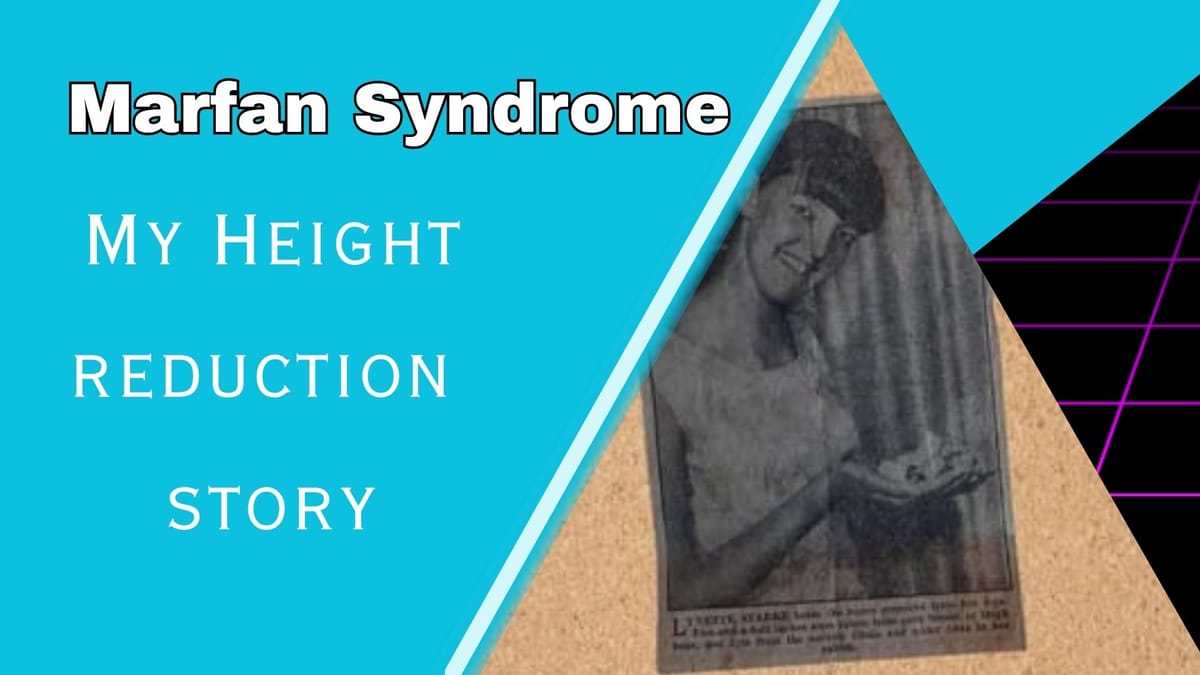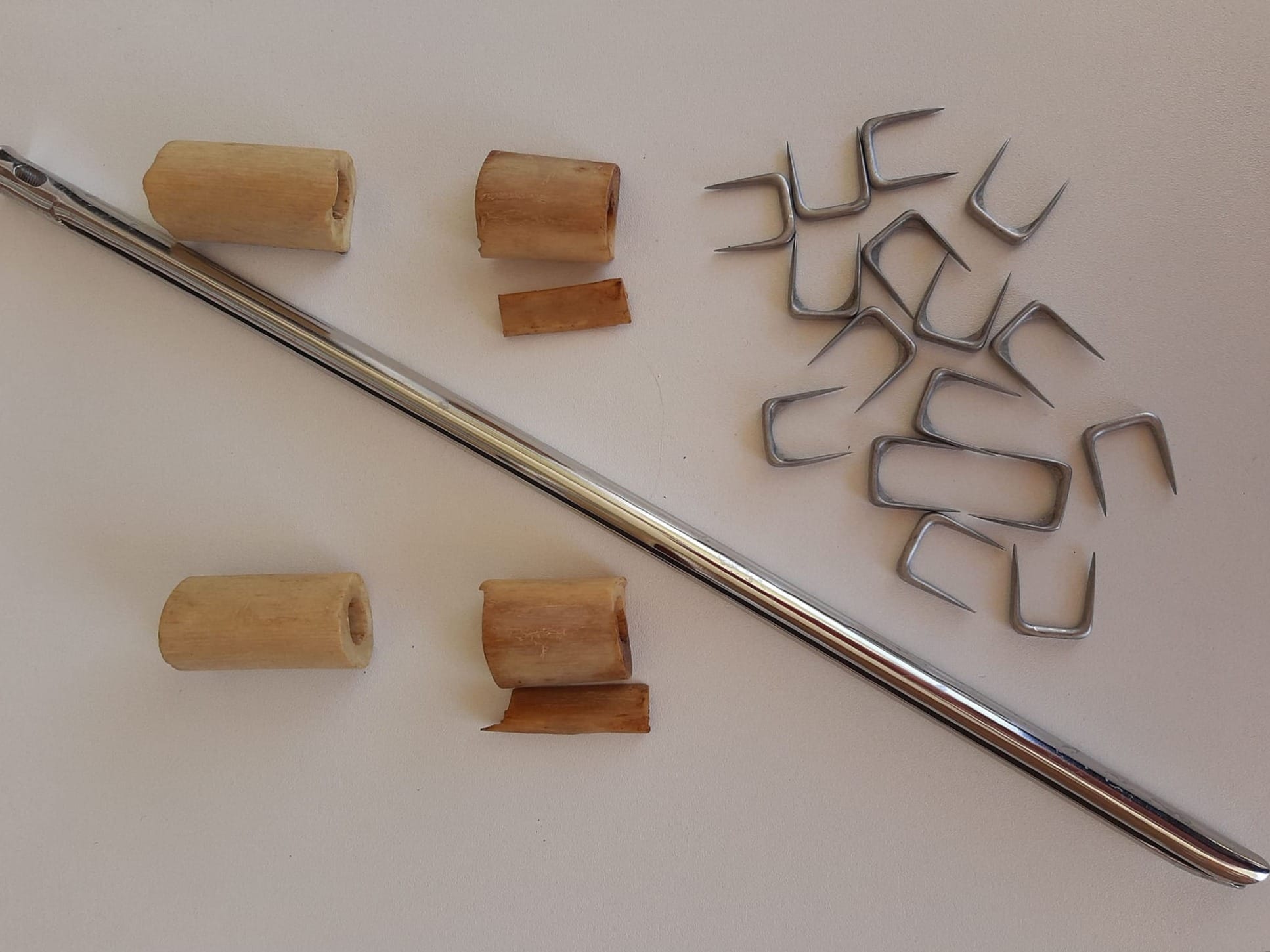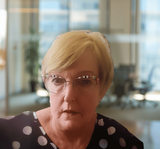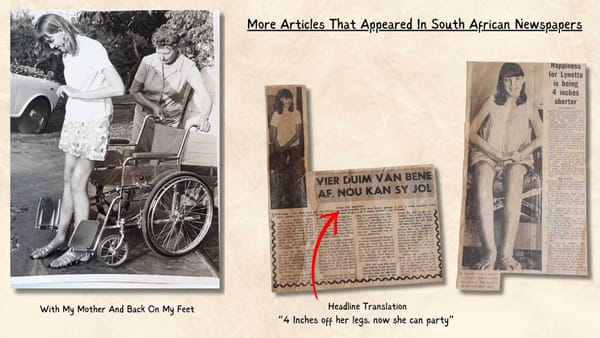Marfan Syndrome and Me: I had Height Reduction Surgery
The surgeon was prepared to operate, and not only stop my legs from growing any longer, but he was prepared to shorten my legs by a total of 4 inches (10.16cm).

A Tall but True Story - Part 1
In my previous article, “Marfan Syndrome: Causes, Symptoms and Management” I shared details of my battle with Marfan Syndrome and how it has affected me. Today, in Part 1 of two articles I am detailing my journey with the groundbreaking surgeries that changed my life forever. Settle in, because this tale is about to get real.
So, to continue where I left off, I coped well with my long limbs and height as a junior in Primary School. From a close-knit and loving family, I was a bright child with many friends, and happy at the small-town school I attended.
Adolescence
Things began to change for me when I entered High School aged 12. Adolescence can be a difficult and confusing time for children under normal circumstances, however, it was a time of rapid growth for me, and I found it brutal. The teasing was constant - I felt alone and overwhelmed.
My grades plummeted and I became hunched in my efforts to look shorter. In desperation, I pleaded with my mother to send me to an all-girls boarding school, as the older boys were cruel with their taunts. My mother then disclosed that she and my father were concerned and planned to take me to an Orthopaedic Surgeon. They believed there may be a medical solution that could improve my life. As you can imagine, the news was like music to my ears, and my spirits were instantly lifted.
Navigating Medical Advice
The first two consultations were with reputable surgeons in Pretoria and Johannesburg. Although they both explained the surgery process of arresting my growth permanently in both knees, neither recommended the procedure for a healthy child simply for cosmetic purposes. When asked about the possibility of reducing my height, both responded negatively, citing the risks of complications, and one stated that I would surely look like a gorilla with my long arms and shortened legs!
The following day we sought the professional opinion of another well-known and respected surgeon in Johannesburg. He considered all our questions, examined me and measured every measurable part of me, before sending me for x-rays. We waited anxiously in the busy waiting room to receive the news we were hoping for.
Choosing surgery wasn't a decision taken lightly. I can only imagine the turmoil my parents faced, balancing my desires with the fear of the unknown. But with courage and trust in our surgeon, we took a leap of faith.
First Operation, 19th June 1969
The day of surgery dawned with a mix of nerves and excitement. I clung to hope for a happier future. However, the road to transformation wasn't without its bumps. After 4-and-a-half hours of surgery, the days that followed were a blur of thirst, pain, nausea and discomfort, testing my resilience to the core. There was a sandbag in the bed to prevent my foot from falling inwards, and my leg was heavily bandaged.
Seeing my uneven leg lengths for the first time was a haunting shock. It was traumatic for me to know that I had to undergo the same procedure all over again five days later. I remember feeling quite desperate about the fact, but there was no going back, I just had to face it. As a reminder, on my bedside locker stood a jar containing the three pieces of bone that had been removed from my leg the previous day.

Second Operation, 24th June 1969
The process was repeated with another 4+ hours of surgery on my right leg. The shock, pain, thirst and discomfort were just as harsh. At least my legs were now the same length, so I wouldn’t have to walk with one leg on the pavement for the rest of my life!
My mother stayed in Johannesburg to be near me for the first 2-3 weeks and then travelled the 90 minutes almost daily to spend time with me. The day came for my stitches to be removed from the first surgery, and I watched in anticipation as the layers of dressings and bandages were removed.
I saw a leg that I did not recognise. I discovered that I had 9 incisions and that 2 and-a-half inches (6.35 cm) of bone had been removed from my femur, and 1 and-a-half inches (3.81 cm) had been removed from both my tibia and fibula bones in my lower leg.
Both the femur and tibia bones had an intramedullary nail forced through the length of those bones to hold the break in place. One had been inserted through an incision in my buttocks, and the other through an incision at the front and base of my knee. There was a long incision on the side of my femur, one on my shin and another on the side of my lower leg. The other four incisions were around the outside of my knee where the growth plates had been permanently stapled with giant-size staples to prevent my legs from growing any further. I cannot remember how many stitches were removed that day, but there were between 200 -300 in both legs. Several days later the process was completed on my right leg. I was beginning to feel much better, and the pain was lessening by the day.

Physiotherapy and Recovery
There was a lot of excess flesh now on my shorter legs, and I received daily visits from a physiotherapist. Initially, I only had to do gentle exercises in bed to begin tightening the muscles. X-rays were done to check the position of the bones, and I was expecting to have both legs placed in plaster casts, however, the bones were healing nicely and the surgeon was delighted that it was no longer necessary to have the plaster casts.
After 3 weeks I was moved out of the ICU and into a normal ward. It was there, on 21st July, 1969 that I listened to Neil Armstrong’s historic moonwalk. By now I had very little pain and I enjoyed chatting to all the friendly and helpful staff. After another 3 weeks of recovery, I was discharged and went home in a wheelchair. Still unable to walk, my wonderful mother had to do everything for me, which must have been very tiring for her, and very hard on my brother and father.
Back Home
Life took on a new rhythm as I navigated the twists and turns of recovery. Media attention shone a spotlight on my journey, sparking many interview requests from both local and international media. But amidst the frenzy, I remained focused on the daily grind of rehabilitation, determined to reclaim my strength, one step at a time.
People were fascinated to hear that this groundbreaking and extensive surgery had been performed in South Africa, purely for cosmetic reasons. It was common for those badly injured in accidents that resulted in one leg being shorter than another, to have the femur bone shortened to match the injured leg, but that was all.
I had to take my daily exercise regime very seriously if I were going to be successful in firming up the excess flesh that used to cover my longer legs. I strapped weights onto each leg and did hundreds of leg-lifts several times daily, increasing the weight weekly. I did the exercises religiously and soon noticed the improvement and tone of my “new“ legs.
I was looking forward to getting out of the wheelchair to test my new limbs and measure my transformed height against my family and friends.
Classmates came to visit and brought school work, however, I was unable to focus on it while recuperating. I eventually only returned to school in January 1970, and was fortunate to be promoted to the next Standard.





